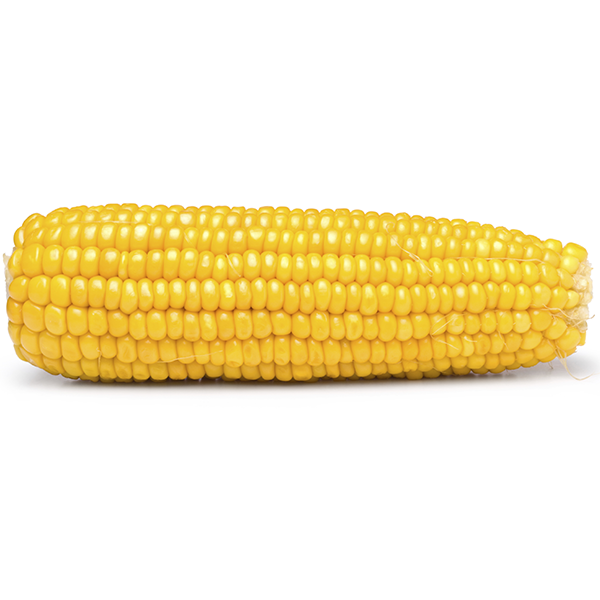
While corn is a popular summertime item, organic corn sales make up a tiny percentage of overall organic sales, and sales numbers are holding steady. If your store does a good organics business, give organic corn a try, but be aware average retail prices are three to four times conventional.
Promote organic corn heavily from the Memorial Day to Labor Day period as it is a popular summertime item. Consider cross-merchandising organic corn with other organic grilling vegetables and organic butter.
Appeal to consumers’ memories of summertime barbecues with grilling promotions that include organic corn. Consider promoting organic corn with organic steaks and other meats to create a fully organic cookout.
Provide consumers with directions and demonstrations of how to cook organic corn both in and out of the husk. Offer recipes that include other organic items that complement organic corn.
If you source your organic corn locally, provide information on the grower and growing methods used to produce organic corn to appeal to environmentally conscious consumers.
Keep organic corn separated from conventional corn. Placing them side by side can lead to cross-contamination issues as consumers often shuck the corn at the display. Consider placing organic corn on one side of the aisle and conventional corn on the other. This keeps the two together for a visually appealing display but separates them enough to minimize the possibility of cross-contamination.
Consider offering packaged organic corn. This can eliminate cross-contamination issues and appeals to time-strapped consumers.
Avoid tightly stacking organic corn. Keep stacks or piles loose enough that air can circulate through the corn to keep it cool.
Place large trash bins near your bulk displays. Some consumers will want to shuck their ears at the display. Offering a nearby trash bin keeps your display looking neat and clean.
Shipping
Organic corn is most often shipped in 48-count cartons.
Grades
U.S. fancy
U.S. No. 1
U.S. No. 2
These grades generally apply to green corn.
Handling
Temperature: 34 to 38 F, 1 to 3.3 C
Relative humidity: 85-90%
Mist: yes
Typical shelf life: 4 to 6 days; supersweet varieties up to 10 days
Odor sensitive. Do not store or transport with commodities that produce odors, such as green onions.
Sugar content decreases rapidly even at room temperature. Dried-out husks may signal poor quality, except in supersweet varieties. Peeling off dried husks on supersweets will reveal healthy corn.